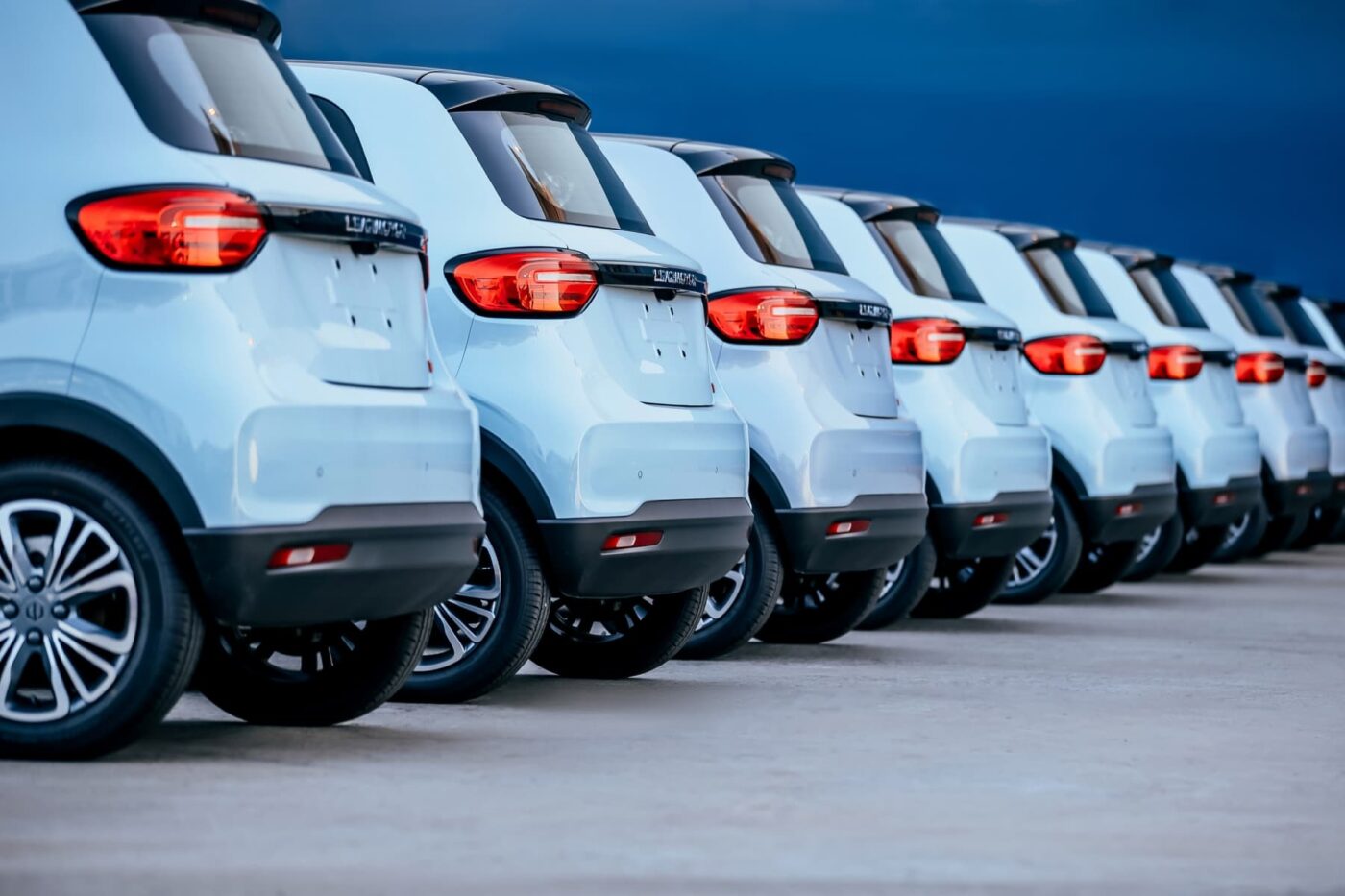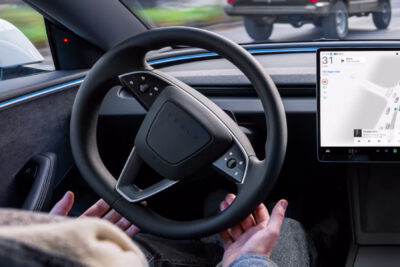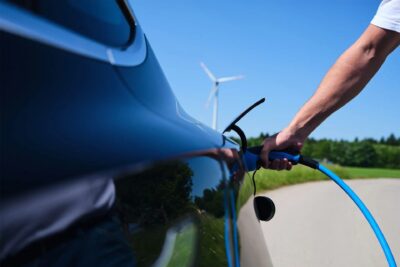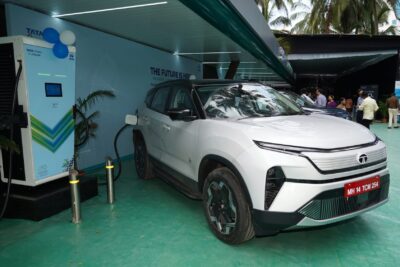China’s May registration statistics show continued growth among EVs
According to data published by the China Association of Automobile Manufacturers (CAAM), sales of new energy vehicles (NEVs, which include electric cars and plug-in hybrids) in China totalled around 1,307,000 units last month. This corresponds to an increase of 37 per cent compared to the same month last year and a rise of 6.6 per cent compared to April. This makes May the strongest monthly result so far this year. In March and April, NEV sales were just above the 1.2 million mark. In the second half of the year. By contrast, the beginning of the year traditionally always falls off somewhat in China, mainly due to the Chinese New Year. In 2024, however, China had already exceeded the 1.3 million mark for several months in the second half of the year. This could happen again in the second half of 2025. So far, every month of the year has been above the comparable figure for the previous year.
However, May is striking because the NEV share in China is rising again. The 48.7 per cent is well above the 2024 average of 40.9 per cent and also slightly above the previous months (March: 42.4 per cent; April: 47.3 per cent). Only last autumn did it exceed the 45% mark once before. In general, the pace of China’s electrification can be seen particularly well in NEV penetration: in 2021, the NEV share was still below 20 per cent of all sales. At the end of 2022, NEVs cracked the 30 per cent mark on a monthly basis for the first time, and since mid-2024, this figure has been consistently above 40 per cent, with the exception of the weak January 2025.
A breakdown of new energy vehicles by individual drive type shows that battery-electric cars accounted for 834,000 units in May, 43 per cent more than in the previous year and 1.5 per cent more than in April. Plug-in hybrids accounted for 473,000 units (+27 per cent on the previous year, +17 per cent on April). Cars with fuel cell drives are not reported separately, but do not generally play a major role in the Chinese passenger car market.
Across all drive types, 2.69 million vehicles were sold in China in May, 11.2 per cent more than in the previous year and 3.7 per cent more than in April. This clearly shows that a growing overall market met an even faster-growing NEV business in May. It is important to note that the figures from the China Association of Automobile Manufacturers (CAAM) include wholesale sales by car manufacturers, i.e. both retail sales in China and vehicles for export.
The NEVs remaining in China totalled 1,095,000 units (+28% compared to the previous year, +7% compared to April). In contrast, 212,000 units were exported in May – a new record. According to the CAAM, this figure has hovered around the 100,000 mark since the beginning of 2023, only crossing the 150,000 threshold for the first time in January 2025, then rising steeply to the 200,000 mark in April, and now the 210,000 mark. This represents a whopping 120 per cent year-on-year increase. If you delve even deeper into the statistics, you will realise that the increase in exports is primarily due to plug-in hybrids. Although BEV exports climbed by 80 per cent compared to May 2024, PHEV exports rose by 240 per cent. To summarise: more and more e-cars produced in China are reaching other regions of the world.
In the manufacturer ranking, BYD continues to lead the way as the top seller of new energy vehicles in May. The car manufacturer sold 376,930 NEV cars, which is 14 per cent above the previous year’s figure and one per cent above the April result. Remarkably, this included more BEVs than PHEVs for the second month in a row, which had not happened at BYD since the beginning of 2024. Specifically, BYD sold 204,369 battery electric vehicles (+40% YoY, +4% compared to April) and 172,561 plug-in hybrids (-6.3% YoY, -2.5% compared to April). Also worth mentioning: In terms of exports, BYD achieved its sixth consecutive record month with 89,047 vehicles (+137% YoY).
While the sales curves for most Chinese manufacturers continued to rise in May, Tesla was unable to benefit from the market dynamics: Tesla China came in at 61,662 BEV sales in the previous month, down 15 per cent from May 2024, but still up 5.5 per cent from April. In the period from January to April, Tesla China sold just under 300,000 vehicles, including exports. A drop of 18 per cent compared to the same period a year ago. As the CN EV Post portal writes, this is the eighth month in a row that Tesla has sold fewer vehicles from its China plant than in the same period last year. It is not known how many units Tesla exported from China in May.
In the further ranking, Leapmotor is at 45,067 NEVs in May, thanks to a strong growth rate of 148 per cent (YoY), followed by Li Auto with 40,856 NEV vehicles (+17% YoY). Some distance behind are Xpeng with 33,525 units (+230% YoY), which represents the seventh consecutive month of results above the 30,000 mark, and Great Wall Motor with 32,638 NEVs sold (+32% YoY).
It continues with Xiaomi, which reported ‘over 28,000’ BEVs sold in May, and
Nio (23,231 BEVs, +13% YoY). The Geely subsidiary Zeekr achieved 18,908 units (+2%). If the Lynk & Co brand, which now belongs to Zeekr, is added to this figure, the result is 46,538 sales, although Lynk & Co also has combustion engines in its range alongside many (partially) electrified cars.
cnevpost.com (CAAM), cnevpost.com (BYD), cnevpost.com (Tesla), cnevpost.com (Tesla Model Y), ir.nio.com, ir.xiaopeng.com, cnevpost.com (Xiaomi), cnevpost.com (Leapmotor), cnevpost.com (Zeekr), cnevpost.com (Li Auto), cnevpost.com (GWM)





0 Comments